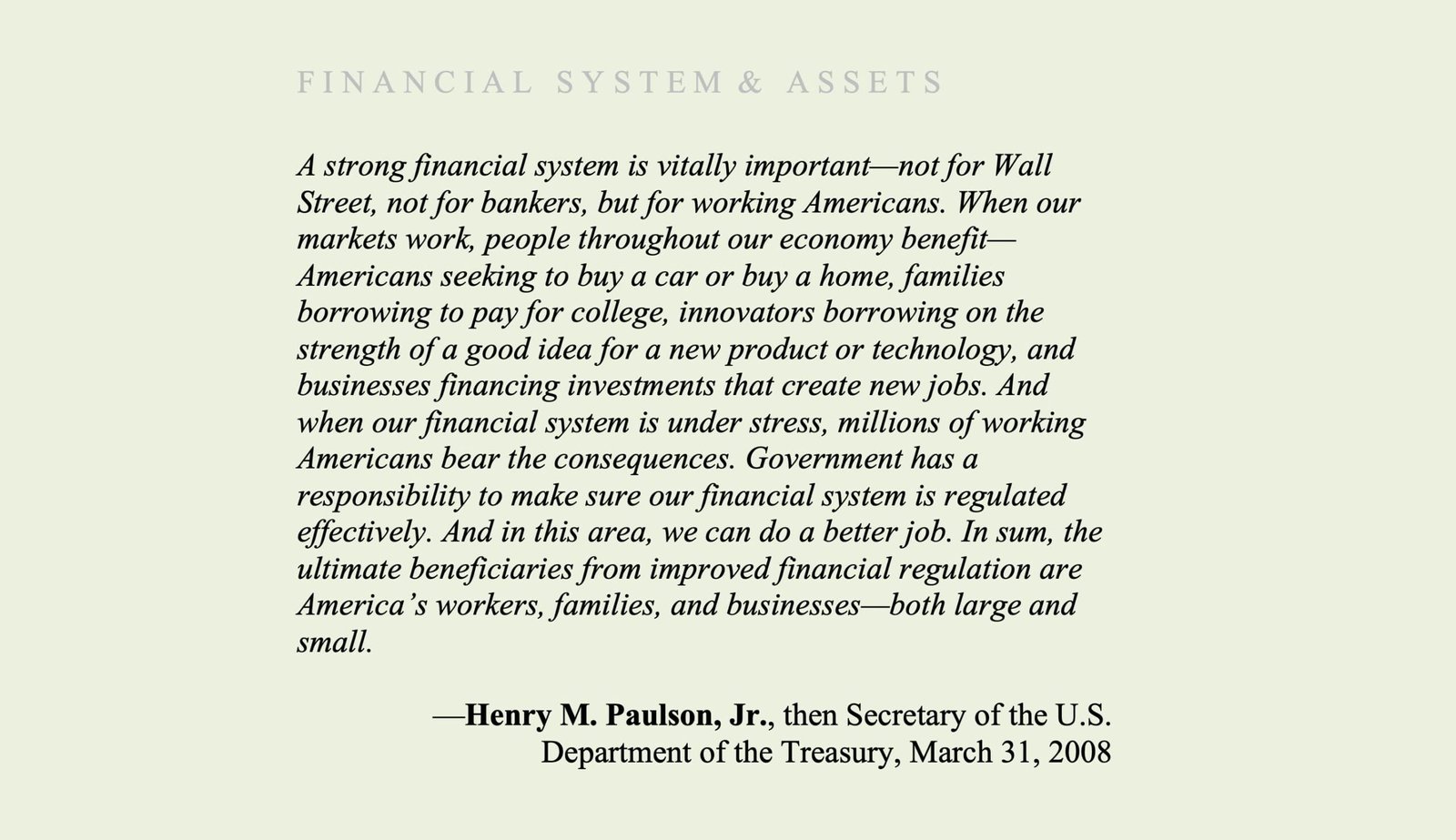Difference between Debt and Equity
The main difference between debt and equity is that debt involves borrowing money with an obligation to repay it with interest, while equity raises capital by selling ownership shares without repayment.
Debt maintains ownership but creates financial liabilities, whereas equity dilutes ownership but offers long-term funding without fixed obligations.
We can classify a financial instrument by the type of claims that the investor has on the issuer. A financial instrument in which the issuer agrees to pay the investor interest, plus repay the amount borrowed, is a debt instrument or, simply, debt.
A debt can be in the form of a note, bond, or loan. The issuer must pay interest payments, which are fixed contractually. In the case of a debt instrument that is required to make payments in U.S. dollars, the amount may be a fixed dollar amount or percentage of the face value of the debt, or it can vary depending upon some benchmark. The investor who lends the funds and expects interest and the repayment of the debt is a creditor of the issuer.
The key point is that the investor in a debt instrument can realise no more than the contractual amount. For this reason, we often refer to debt instruments as fixed income instruments.
In contrast to a debt obligation, an equity instrument specifies that the issuer pay the investor an amount based on earnings, if any, after the obligations that the issuer is required to make to the company’s creditors are paid. Common stock and partnership shares are examples of equity instruments. Common stock is the ownership interest in a corporation, whereas a partnership share is an ownership interest in a partnership. We refer to any distribution of a company’s earnings as dividends.
Some financial instruments fall into both categories in terms of their attributes. Preferred stock is such a hybrid because it looks like debt because investors in this security are only entitled to receive a fixed contractual amount. Yet preferred stock is similar to equity because the payment to investors is only made after obligations to the company’s creditors are satisfied.
Because preferred stockholders typically are entitled to a fixed contractual amount, we refer to preferred stock as a fixed income instrument. Hence, fixed income instruments include debt instruments and preferred stock.
Another hybrid instrument is a convertible bond or convertible note. A convertible bond or note is a debt instrument that allows the investor to convert it into shares of common stock under certain circumstances and at a specified exchange ratio.

The classification of debt and equity is important for two legal reasons. First, in the case of a bankruptcy of the issuer, investors in debt instruments have a priority on the claim on the issuer’s assets over equity investors. Second, in the United States, the tax treatment of the payments by the issuer differs depending on the type of class. Specifically, interest payments made on debt instruments are tax deductible to the issuer, whereas dividends are not.

